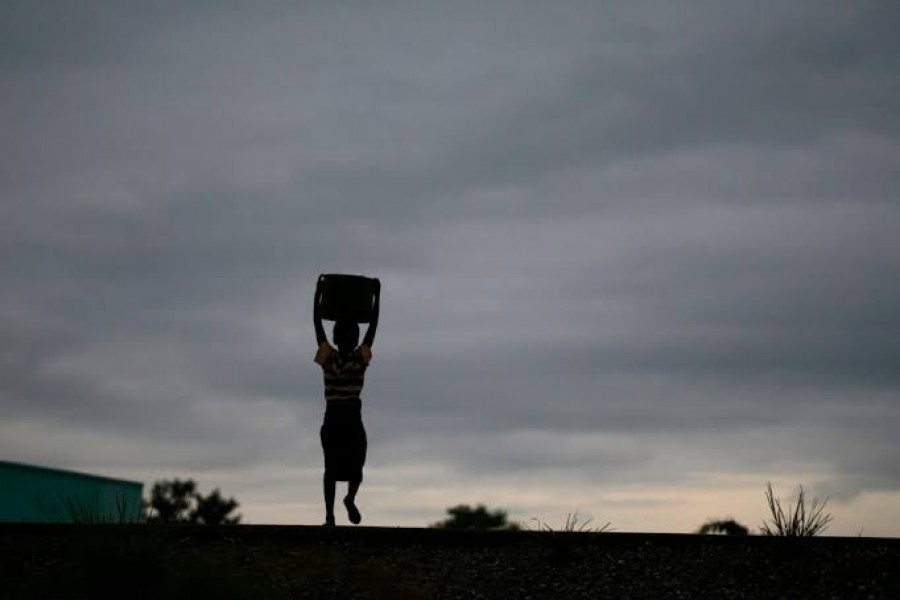The worrying fact is that Bangladesh, the country with the world's highest population density excepting some city states, is fast losing arable land due to growing industrialisation and rapid encroachment of human habitat on farming areas. It is losing 8,000 hectares of farmland a year from its original 13 million hectares of cropland.
The country's fast growing population is now looking for new land to build homes while entrepreneurs are going to remote, countryside areas to set up factories. Agriculture accounts for only 21 per cent of gross domestic product (GDP) but employs nearly half of the nation's workforce.
There will be no cultivable land left in Bangladesh in 50 years if the land is taken away for non-farm purposes at the current rate. And if the trend is not reversed now, the country will permanently lose its food security, leaving the poor more vulnerable to volatile international commodity prices.
The government has recently taken some steps that include banning use of arable land for purposes other than agriculture to address the issue. This is a laudable step.
A high-level committee recommends that factories and educational institutions that have already been built should go vertical, instead of grabbing more land. However, the government fails to monitor how much farmland is being transferred for use in other purposes.
Constant depletion of farmland, dwindling farm size and rise in landlessness are posing formidable threats to Bangladesh's agriculture, trapping many ultra-poor people in a vicious circle.
Still worries about farmland depletion at an alarming rate have fallen into deaf ears. Calls for ensuring optimum utilisation of arable land and bringing fallow land under cultivation remain in rhetoric.
Successive governments concentrated all focus on higher production of rice, while import bills for fuel, cooking oils and pulses continued to swell. Rice cultivation covers almost 80 per cent of Bangladesh's cultivatable area, though self-sufficiency in food is yet to be achieved.
Bangladeshis, on average, spent 60 per cent of their income on food in the 1990s and that percentage has, however, come down to 50 per cent now.
An integrated crop management package may be launched by designing agricultural zones based on weather and soil conditions for increasing agricultural production. There are a total of 30 agro-ecological zones in the country as defined by experts.
The government should allocate more resources for rice research to offset the loss of cropland. Land in regions such as Barind tracts, coastal zone and Sylhet haors can also be better utilised to grow more Rabi crops -- pulses and oil seeds in particular -- to significantly reduce dependence on imports.
Unless the increasing use of arable land for non-farm purposes is stopped immediately, the country will face multiple problems. A solution to the issue of farmland depletion could be formulation of a sensible and realistic land-use policy. It has to be found out why people are becoming landless and how the problem of shrinkage of arable land can be solved. Only then further measures necessary can be taken.
Therefore, keeping population growth rate under control, proper steps should be taken soon to ensure planned urbanisation. In Bangladesh, the problem of economic development has so far been addressed mainly in isolation from the population issue. But these need to be treated in a comprehensive manner.
All said and done, the government needs to formulate a cohesive strategy for carrying out land reforms. Given the complexity in its procedure, strong leadership should emerge to take the land reforms agenda forward based on strategic vision and doable implementation plans.


